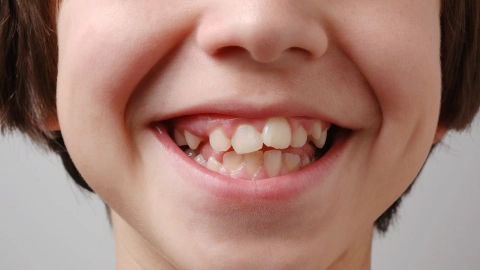ICD-Code K07.0: Major anomalies of jaw size
The size of your upper or lower jaw has changed.
The jaw consists of the upper jaw and lower jaw. The upper jaw bone is located above the mouth and forms the roof of the oral cavity. The lower jaw bone is located below and to the side of the mouth. In the center of the lower jaw is the chin. To the side, the lower jaw bone extends to below the ears. The mandibular joint is located there.
There are various reasons why the jaw bone may have changed. The bones develop while in the womb, and keep developing until the body is fully grown. Changes to the genetic information, for example, can prevent the jaw bones from growing properly. The bones may then be smaller or larger than usual. Jaw bones may also be missing entirely from birth onwards. Breaks or operations on the jaw bones as a child can also cause the jaw bones to grow irregularly. The jaw bones may also have developed normally and only later changed in size. This can happen, for example, if you get a break in a jaw bone and the break heals in the wrong position.
If the jaw bones change size, the facial features may look irregular.
Additional indicator
On medical documents, the ICD code is often appended by letters that indicate the diagnostic certainty or the affected side of the body.
- G: Confirmed diagnosis
- V: Tentative diagnosis
- Z: Condition after
- A: Excluded diagnosis
- L: Left
- R: Right
- B: Both sides
Further information
Source
Provided by the non-profit organization “Was hab’ ich?” gemeinnützige GmbH on behalf of the Federal Ministry of Health (BMG).

